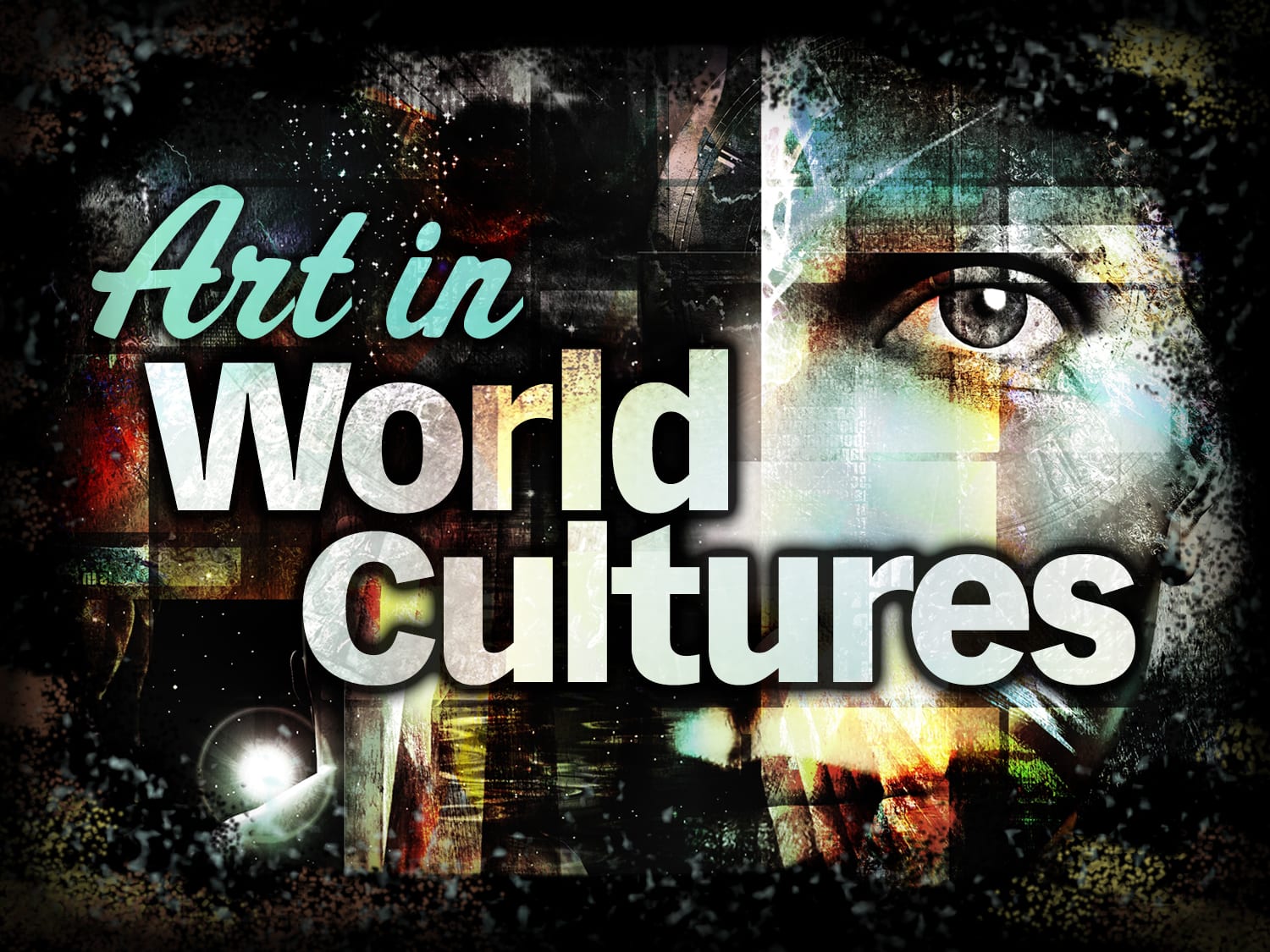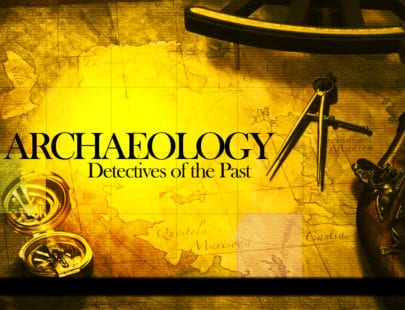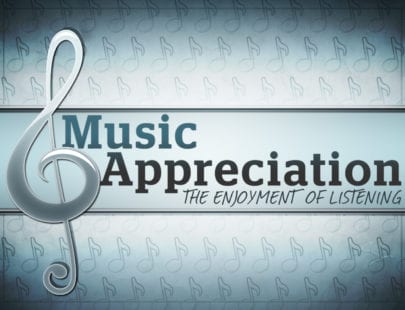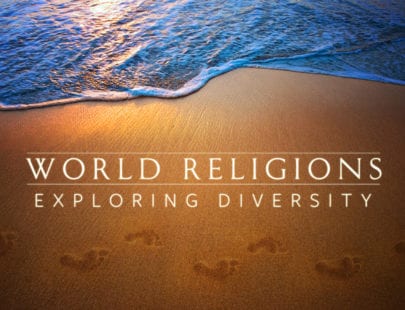
Art in World Cultures
Art tells a story. Go on a journey of when humans began creating art in prehistoric times to ancient Roman, early Christian, and Medieval periods. Explore the artistic characteristics of the Renaissance, Americas, Baroque, Romantic, and more. Learn the elements and design principles of art, and about some of the greatest artists in the world, while creating your own art, both on paper and digitally. It’s time to tell your story through art.
Units at a Glance
Unit 1: Introduction to the Visual Arts
Pablo Picasso once said, “The purpose of art is washing the dust of daily life off our souls.” Art speaks to our emotions and imaginations. It allows us to see the world in different ways and fulfill the need to create. In this unit, we will begin our exploration of the history of art around the world. We will learn about some of the common forms of visual art and discuss why people create art. We will also explore some of the careers that relate to art history.
What will you learn in this unit?
- Define “visual art” and distinguish visual arts from other forms of art.
- Identify common forms of visual art.
- Discuss why people create art.
- Discuss art movements and art periods.
- Describe career options related to art history and the study of art.
Unit 2: The Elements and Principles of Art
In this unit, we will explore some of the aspects that help make great art great. We’ll learn more about the basic building blocks of artworks, including lines, color, texture, shape, form, and space. We’ll also discuss how these building blocks are used with art by looking at some of the design principles that artists use to arrange art elements within a piece of art. We will discuss design principles such as harmony, proportion, balance, and dominance.
What will you learn in this unit?
- Define art concepts such as hue, value, shape, form, and balance.
- Identify the elements of art.
- Identify some of the design principles that artists use.
- Discuss how the elements of art are used within art pieces.
- Discuss how design principles are used to arrange the elements of art.
Unit 3: Critiquing Art
How can you identify a good piece of art? Art critiques can help us better understand artworks and help us identify those pieces of art that illustrate superior skills. In this unit, we will learn more about art critiques, including why we do art critiques and how context can influence them. We will also walk through an art critique of a famous French Romantic painting The Raft of the Medusa by Theodore Gericault.
What will you learn in this unit?
- Define art critique.
- Identify some of the benefits of doing art critiques.
- Explain how context can influence an art critique.
- Discuss the steps that can be used to complete an art critique.
- Engage in an art critique of the painting The Raft of the Medusa.
Unit 4: Prehistoric Art
When did humans begin creating art? What did the first pieces of artwork look like? What function did early artwork have for people? Prehistoric art represents the earliest human art. Although these artworks are shrouded in mystery, they give us a small glimpse into the lives and beliefs of prehistoric people. In this unit, we’ll learn more about some of the artwork that has been found from prehistoric times, including cave paintings, sculptures, and megaliths. We’ll explore what is known about these pieces of art and what they might tell us about the people that created them.
What will you learn in this unit?
- Define prehistoric art and discuss why much of this art remains a mystery to archaeologists and art historians.
- Describe cave paintings and discuss some of the theories about why they were created.
- Compare and contrast Paleolithic and Neolithic art.
- Examine prehistoric sculpture and the reasons it may have been created.
- Discuss prehistoric megalith monuments and examine the theories about why these monuments were created.
Unit 5: Ancient Art
As human societies continued to develop, so did their art. The great ancient societies, such as Ancient Egypt and Ancient Greece, produced some of the most famous pieces of art and architecture known to the world. In this unit, we will focus on three of the ancient cultures from the Mediterranean and Near East, including the Sumerians, Ancient Egypt, and Ancient Greece. We will examine the characteristics of art from these groups and explore some of the pieces that they produced.
What will you learn in this unit?
- Identify some of the common characteristics of ancient art.
- Discuss the art of ancient Sumerians.
- Explain how Ancient Egyptian religion influenced its art.
- Identify and discuss the styles of Ancient Greek architecture.
- Identify the styles of Ancient Greek sculpture and pottery.
Unit 6: Ancient Roman, Early Christian, and Medieval Art
The period of Western art from the ancient Romans to the medieval period produced some of the world’s most important cathedrals and other grand buildings. Even the ruins of Roman architecture can give us pause with its beauty and advancements. In this unit, we will learn more about the architecture of these periods, as well as some of the other types of art that were produced. These pieces of art and the techniques the artists used helped form the foundations of the Western art we know today.
What will you learn in this unit?
- Describe the features used in Roman architecture.
- Examine early Christian art and its influence on later architecture and art.
- Define Byzantine, migration, and insular art and the characteristics of these art periods.
- Discuss the characteristics of Romanesque art.
- Identify the common features of Gothic architecture.
Unit 7: The Renaissance
In Western art, the period known as the Renaissance produced some of the most famous works of art, including the Mona Lisa, the ceiling of the Sistine Chapel, and The Last Supper. These works of art helped shape Western art as we know it and became part of our popular culture. In this unit, we will learn more about the art produced during the Renaissance as well as Early Netherlandish art. We will be introduced to some of the greatest artworks produced in Western art and learn more about how their artists were influenced by the social world around them.
What will you learn in this unit?
- Identify the characteristics of Renaissance art.
- Discuss Early Netherlandish art and its relationship to Renaissance art.
- Explain how other disciplines of study and social factors influenced Renaissance art.
- Examine some of the most famous works of Renaissance art, including those by Leonardo da Vinci, Michelangelo, and Raphael.
- Define Mannerism and discuss how it differed from the art of the High Renaissance.
Unit 8: Art of the Americas
From massive geoglyphs to sculptures made of jade, indigenous cultures in the Americas have created some amazing works of art. In this unit, we will focus on pre-Columbian art in the Americas. In doing so, we will look at art from the Olmec, Maya, Aztec, and Inca cultures as well as art created in North America, such as beadwork, basket art, and totem poles.
What will you learn in this unit?
- Discuss geoglyphs in North and South America.
- Define pre-Columbian art in the Americas.
- Identify prehistoric painting in the Americas.
- Examine art from major cultural empires in Mesoamerica and South America, including the Olmec, Maya, Aztec, and Inca cultures.
- Discuss indigenous art in North America such as beadwork, baskets, and totem poles.
Unit 9: From the Baroque to the Romantic
The Renaissance in Europe is often regarded as the height of art. It produced great masterpieces and some of the greatest artists in history. However, art didn’t end when the Renaissance ended. Instead, new artists innovated, revived classical forms, and challenged themselves. In this unit, we will consider four of the main art periods and styles that came after the Renaissance, including Baroque, rococo, neoclassical and Romantic art.
What will you learn in this unit?
- Identify the characteristics of Baroque, rococo, neoclassical and Romantic art.
- Discuss the social and political influences on Baroque, rococo, neoclassical, and Romantic art.
- Explain how art from earlier periods influenced Baroque, rococo, neoclassical, and Romantic art.
- Examine some of the important pieces of art from the Baroque, rococo, neoclassical and Romantic periods.
- Compare and contrast Baroque art with Renaissance art.
Unit 10: Modern Art
During the 19th century, the beginnings of modern art emerged. Styles and periods such as Realism, Impressionism, and Postimpressionism formed the foundation for later art styles and movements. The development of photography also provided artists with both a new art form and new inspiration. In this unit, we will learn more about the art and artists that shaped the early modern period and look forward to postmodern and contemporary art.
What will you learn in this unit?
- Define art movements such as Impressionism, Postimpressionism, Expressionism, and Realism.
- Identify the characteristics of Impressionistic and Postimpressionistic art.
- Describe how modern art movements build on and react to other movements.
- Discuss some of the major artists of Impressionism and Postimpressionism.
- Discuss the beginning of photography and its use as an art form.
Unit 11: African Art
Africa is home to the earliest humans and some of the earliest known art. Although African art has sometimes been dismissed as “primitive,” the art produced in Africa is some of the longest continuously practiced art in the world, and its influences are seen across the globe. In this unit, we will learn more about premodern African art, including rock art, sculpture, and masks. We will also learn more about some of the most famous examples of African architecture.
What will you learn in this unit?
- Identify the phases of rock engraving found in Africa.
- Describe the sculptures created by different cultures in Africa.
- Discuss the different types of masks created and what materials were used to make them.
- Identify some of the famous architectural creations in Africa.
- Discuss some of the social and natural factors that influenced the creation of art in Africa.
Unit 12: Pacific Art
Does art reflect the world around us? Can we learn about a culture from the art it produces? Pacific or Oceanic art offers us a chance to explore how the natural world, religious beliefs, and other aspects of culture affect the art created within a group. In this unit, we will examine some of the art created in Polynesia, Micronesia, Melanesia, and Australia, exploring how the art has been influenced by culture, the Pacific Ocean, and other aspects.
What will you learn in this unit?
- Identify some of the characteristics of Oceanic art.
- Describe some of the human sculptures found in Polynesia.
- Discuss how the Pacific Ocean and life on Pacific islands influenced Micronesian art.
- Learn more about Bisj poles and other Melanesian art creations.
- Identify some of the styles of rock art present in Australia.
Required Materials
No additional materials are required for this course.



